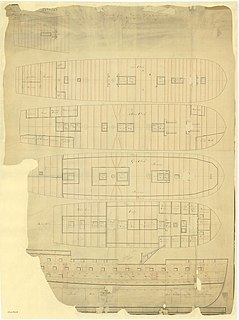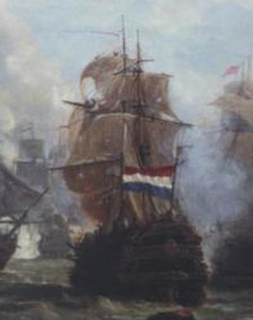Related Research Articles

Several ships of the Royal Navy have borne the name HMS Resolution. However, the first English warship to bear the name Resolution was actually the first rate Prince Royal, which was renamed Resolution in 1650 following the inauguration of the Commonwealth, and continued to bear that name until 1660, when the name Prince Royal was restored. The name Resolution was bestowed on the first of the vessels listed below:
Sixteen ships and two shore establishments of the Royal Navy have been named HMS Fox, after the fox.
Sixteen different ships of the British Royal Navy have been named HMS Greyhound, after the greyhound, a breed of dog notable for its speed.
Nineteen ships of the Royal Navy have been named HMS Lion or HMS Lyon, after the lion, an animal traditionally associated with courage, and also used in several heraldric motifs representing England, Scotland and the British Monarchy. Another ship was planned but never completed:
Four "ships" of the British Royal Navy have been named HMS Good Hope.
Sixteen ships of the Royal Navy have been named HMS Mermaid after the mermaid:
Sixteen vessels and two shore establishments of the Royal Navy have been named HMS Phoenix, after the legendary phoenix bird.
Several ships of the British Royal Navy have been named HMS Boxer, named after the competitor in a boxing match.
Eighteen ships of the Royal Navy have borne the name HMS Eagle, after the eagle.
Four ships of the Royal Navy and a divisions of the Royal Naval Reserve have been named HMS Camperdown after the Battle of Camperdown in 1797:
Twelve ships of the Royal Navy have been named HMS Active or HMS Actif, with a thirteenth announced:
Seven ships of the Royal Navy have been named HMS Hecla, after the volcano Hekla in Iceland.
Seven ships of the Royal Navy have been named HMS Mars, after Mars, the Roman god of war:
Two ships of the British Royal Navy have been named HMS Canopus:
Eleven ships of the Royal Navy have borne the name HMS Unicorn, after the mythological creature, the unicorn:
There have been five ships of the Royal Navy to bear the name HMS Urchin after the Sea urchin:

HMS Monmouth was a 64-gun third rate ship of the line of the Royal Navy, launched on 23 April 1796 at Rotherhithe. She had been designed and laid down for the East India Company, but the Navy purchased her after the start of the French Revolutionary War. She served at the Battle of Camperdown and during the Napoleonic Wars. Hulked in 1815, she was broken up in 1834.
Ten ships of the Royal Navy have borne the name HMS Confiance:
Several ships of the Dutch Navy have borne the name Delft:

The Admiraal Tjerk Hiddes de Vries was a Dutch 68-gun third rate ship of the line of the navy of the Admiralty of Friesland, one of five provincial naval forces of the United Republic of the Netherlands' In 1795, following the French occupation of the Netherlands, this ship was taken over by the Batavian Republic, and in 1797 was captured by the Royal Navy. The order to construct the ship was given by the Admiralty of Friesland. In 1783 the Admiraal Tjerk Hiddes de Vries sailed to the Mediterranean Sea under Captain Van der Beets. When she returned in the Dutch Republic she was laid up in ordinary until 1795.
References
- Colledge, J. J.; Warlow, Ben (2006) [1969]. Ships of the Royal Navy: The Complete Record of all Fighting Ships of the Royal Navy (Rev. ed.). London: Chatham Publishing. ISBN 978-1-86176-281-8.